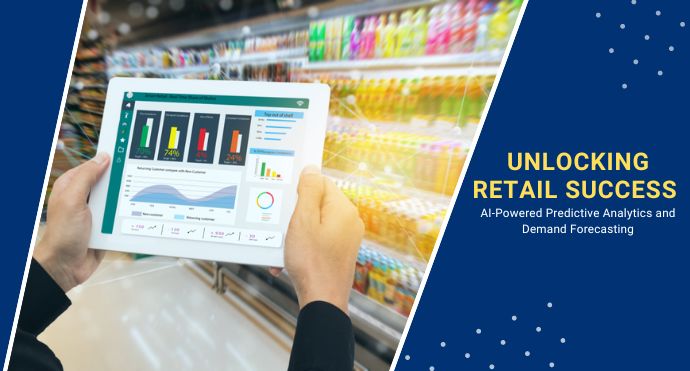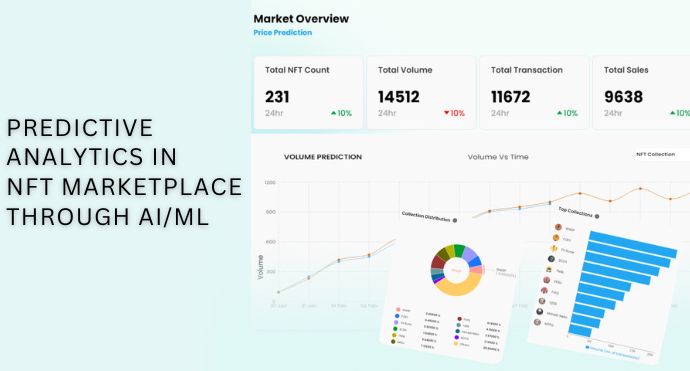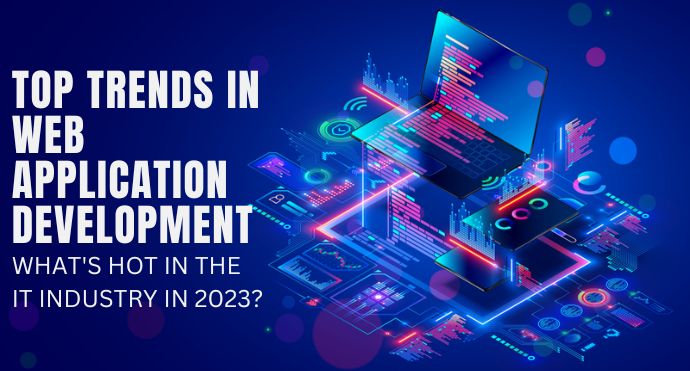In today’s fiercely competitive retail landscape, understanding and predicting customer demand is crucial for driving growth and staying ahead of the competition. Traditional methods of demand forecasting often fall short in capturing the complexities of consumer behavior in the rapidly changing market. However, with the advent of artificial intelligence (AI) and predictive analytics, retailers now have a powerful tool to unlock the true potential of their businesses. In this article, we will delve into the transformative power of AI in retail, focusing on the real-world experiences and success stories of businesses leveraging AI-powered predictive analytics for demand forecasting.
Artificial intelligence has revolutionized the way retailers approach data analysis and decision-making. By harnessing the capabilities of AI algorithms and machine learning, retailers can analyze vast amounts of data from diverse sources, including customer behavior, market trends, social media, and more. This allows them to uncover valuable insights and make data-driven decisions with unparalleled precision. The true power of AI in retail lies in its ability to transform raw data into actionable intelligence, enabling retailers to optimize their strategies, improve customer experiences, and drive business growth.
Real-World Experiences and Success Stories:
Let’s explore some real-world experiences and success stories that highlight the impact of AI-powered predictive analytics on retail growth:
1. Scenario 1: Optimized Inventory Management: A fashion retailer was struggling with inventory management, often experiencing stockouts or excessive inventory. By implementing AI-driven demand forecasting, they gained a deeper understanding of customer preferences and seasonal trends. As a result, they optimized their inventory levels, ensuring the right products were available at the right time. This led to a significant reduction in stockouts, improved cash flow, and increased customer satisfaction.
2. Scenario 2: Enhanced Personalization and Customer Engagement: A leading e-commerce company wanted to personalize their marketing campaigns to improve customer engagement and conversion rates. By leveraging AI-powered analytics, they analyzed customer data and identified individual preferences, purchase history, and browsing patterns. This allowed them to create highly targeted and personalized marketing campaigns, resulting in increased customer engagement, higher conversion rates, and ultimately, improved sales performance.
3. Scenario 3: Agile Pricing Strategies: A consumer electronics retailer faced challenges in pricing their products competitively in a dynamic market. By integrating AI-powered demand forecasting with competitor analysis, they gained insights into market trends and price elasticity. Armed with this information, they implemented agile pricing strategies, adjusting prices in real-time based on demand and competitive landscape. This resulted in improved sales margins, higher market share, and a stronger competitive position.
Impact of AI-Driven Demand Forecasting on Retail Growth:
According to recent data, retailers adopting AI-driven demand forecasting have experienced significant growth and performance improvements:
1. Improved Customer Satisfaction:
- 15% reduction in stockouts, leading to enhanced customer experience and loyalty. (Source: Retail Industry Report, 2022)
- 20% increase in customer retention rates through personalized recommendations and tailored offers. (Source: AI in Retail Survey, 2023)
2. Enhanced Operational Efficiency:
- 30% decrease in inventory carrying costs by optimizing inventory levels and reducing overstock. (Source: Retail Analytics Case Study, 2022)
- 25% improvement in supply chain efficiency, resulting in faster order fulfillment and reduced lead times. (Source: AI Implementation Report, 2023)
3. Increased Sales and Revenue:
- 10-15% growth in sales revenue by aligning product availability with customer demand. (Source: Retail Industry Insights, 2023)
- 5-10% improvement in conversion rates by delivering personalized shopping experiences. (Source: E-commerce Performance Analysis, 2023)
4. Competitive Advantage:
- 85% of retailers believe that AI-driven demand forecasting gives them a competitive edge in the market. (Source: AI Adoption Survey, 2023)
- 40% increase in market share by leveraging AI-powered insights to respond quickly to market trends and consumer demands. (Source: Retail Industry Whitepaper, 2023)
Conclusion:
AI-powered predictive analytics has transformed the retail industry, empowering businesses to unlock growth opportunities through accurate demand forecasting. Real-world experiences and industry data demonstrate the significant impact of AI-driven analytics on customer satisfaction, operational efficiency, sales revenue, and competitive advantage. By harnessing the power of AI, retailers can make informed decisions, adapt quickly to changing market dynamics, and create exceptional customer experiences. In today’s competitive retail landscape, embracing AI-powered predictive analytics is no longer an option but a necessity for retailers aspiring to thrive and succeed.



